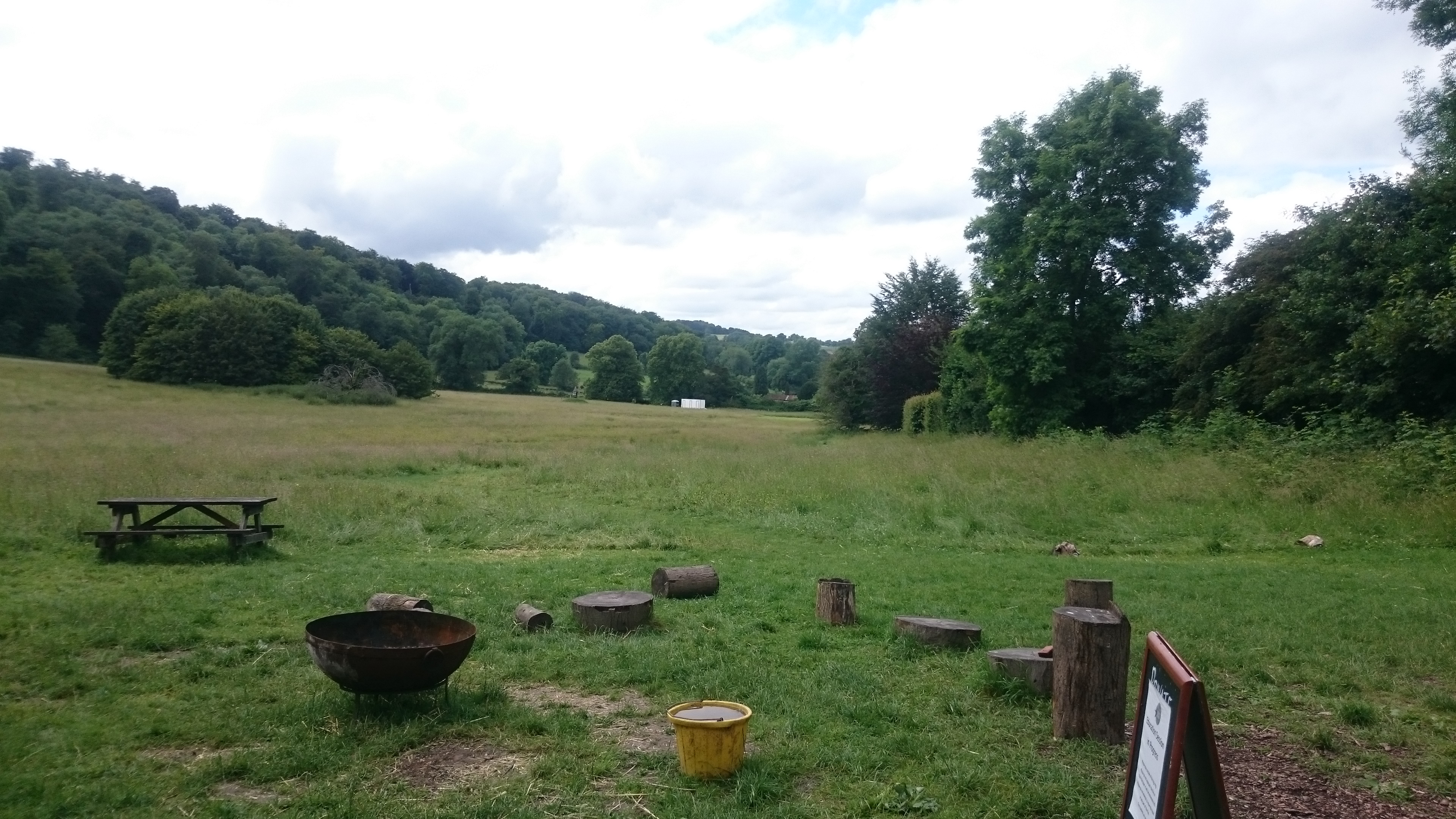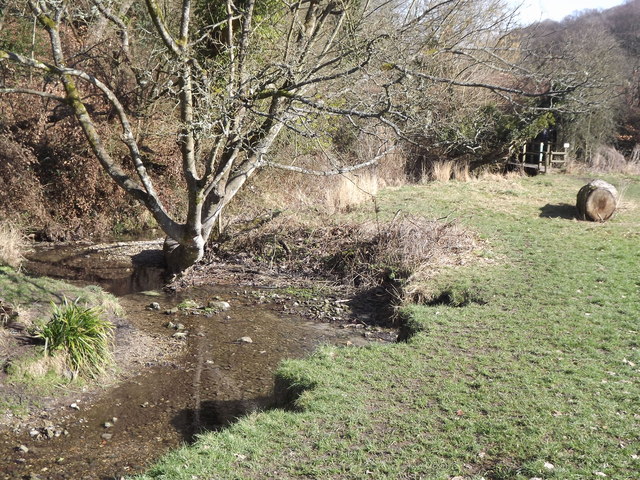This week I got to take a walk back in time, to a time when coring was a part of my life. It was as though no time had passed.
For the last couple of months I’ve been doing some delivery at Gilbert White’s House Field Studies Centre. I’ve mostly been delivering their river studies session: a primary school day learning about river processes by studying, measuring, observing and paddling in a small river. I’m really enjoying working outdoors at the moment, though I reserve the right to change my mind in October.
This week was a little different. This week I was asked to design & deliver a “Rocks and Soils” day, for year 3 pupils. No pressure. My first port of call was the National Curriculum that states that children will learn that: “soils are made from rocks and organic matter.” Which was not a whole lot of help.
So, to the drawing-board batman.
At the drawing-board
For those of you who have only known me in my Royal Marines guise, it may come as a surprise that my background is in earth sciences (specifically a degree in Archaeology & Geology as well as a masters in Geoarchaeology), so it wasn’t a total trip into the dark. It was more a voyage to that corner of the loft where you put the things you think you’ll never need again but keep just in case, hoping that it hasn’t got water damaged over the last [cough] 17 years. I’ve done a lot of this stuff for real so I did know what I was doing and I definitely know one end of a corer from another, it was just longer ago than I’d like to admit.

Geological map of the Weald
I’m not going to go through the whole session design process but, to cut a long story altogether, the site sits near the boundary of the Upper Greensand and the Cretaceous Chalk. What we were going to do was investigate the difference between the two rocks and then see if we could find the boundary by looking at the soils that form on them.
My colleague took care of the rock collecting and testing, all I needed to do was to lead a group of 7 year olds on a soil survey. Soil surveying means coring, coring means letting children use these:

Screw auger: perfectly safe for children to use
In addition to this, the short lead-time in the prep meant that I was basing the entire session on the results I expected from looking at the geological maps. This was real science, I had no idea what we were actually going to find.
This was going to be fun.
Real science, right there
As it turned out, everything went swimmingly well. The children managed to do some coring without incident or accident, they managed to actually identify soils using actual field identification techniques, they even managed to use a (heavily simplified version of) a Munsell soil chart to identify colour. They enjoyed it too, I was really pleased.
However, what really pleased me was that we actually found exactly what I was hoping to find. The soils on the chalk were grey and clayey whilst those on the sand were…well, sandy. We even managed to find the silty river deposits near the aforementioned stream. I was really chuffed: I’d backed myself and my knowledge and it had worked out.
I was over the moon when I saw the looks on children’s and the adult’s faces. They realised they’d done some real science, not a mock-up, not a set-up but something where they were answering a real question with an unknown answer. It was brilliant.
Over and above all that, I’d managed to find the box in the loft marked “field skills” and discovered that everything in it was still in working order. I could still do this, I could recognise different soils, I could carry out a survey, I could construct a transect and identify boundaries. I could still talk rocks and soils based on knowledge rather than extensive preparation.
I’d gone back to my roots and found I could still do field science, even if it was for seven-year olds. It was a comforting experience that I could back up my claims to a breadth of skill and knowledge.
When I say I can design and deliver sessions on a broad array of subjects, I really mean it.





